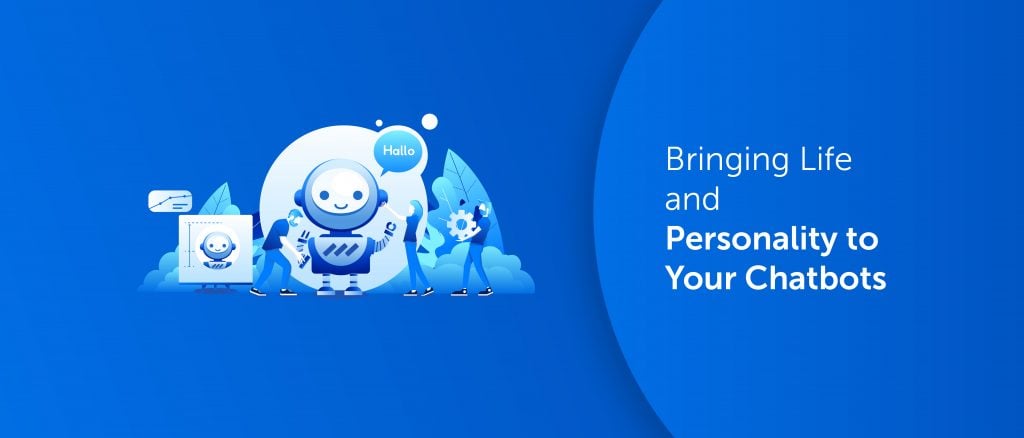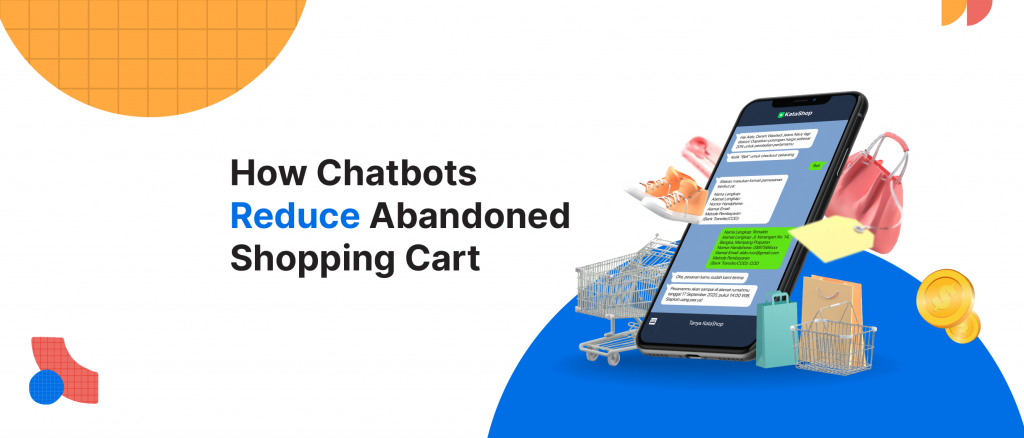As today’s companies face increasing demand for 24/7 perfect service, chatbots will become one of the most important tools for businesses to interact with their customers. While chatbots can make conversation between a brand and customers seem highly personal, these machines need to be “trained” similarly to a human representative. And just like any other digital tools such as websites and mobile apps, there are certain principles that we must adhere to ensure your chatbot is effective and valuable to the audience/customers.
How to Build A Chatbot
You need to build a dynamic chatbot that is an extension of your brand. To do that, here’s a quick guide for creating great and engaging chatbots. Take a look and happy building!

1. Define Your Goals
Before you design a chatbot, you need to establish your bot’s purpose for both your brand and your audience. There’s a number of ways chatbots could benefit your business. Whatever it is, make sure the business goal is clear in order to not lose focus when designing the conversation flow. Maybe you want the chatbots to reduce the number of times your customers come to the store to complain? Or you want your chatbot to get revenue by offering products? Either way, without a clear business goal, you will find it hard to create the right conversation flow.
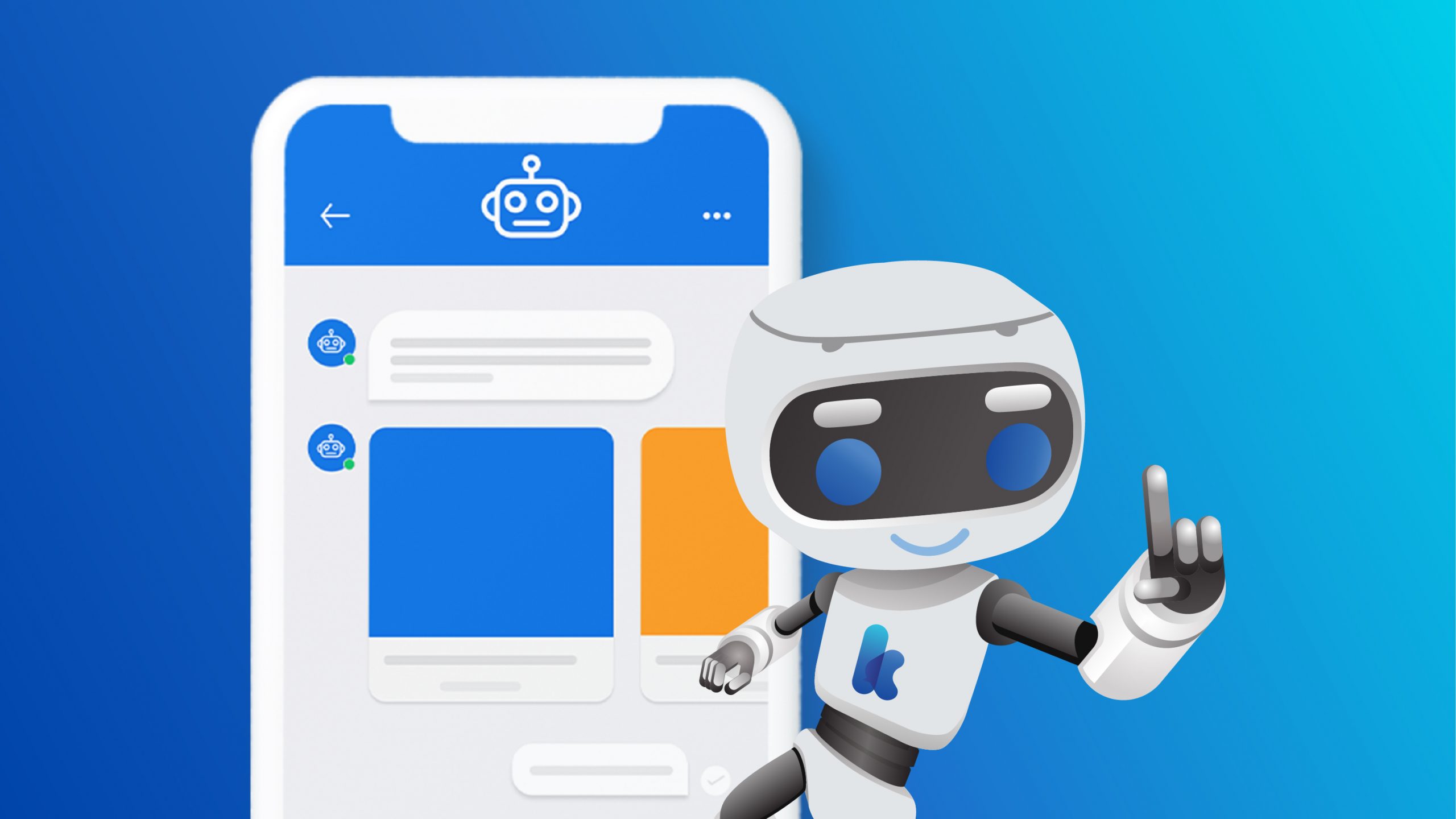
2. Create a Persona
You should have an idea about who your target market is. You should also understand the main personality types that are associated with your market. From this knowledge, create your bot to represent this personality. Develop a character with a distinct style and stick with it. Give your chatbot a unique name. Don’t let your chatbot get lost in the crowd. Giving your chatbot a unique name will ensure your customer can search for and remember it easily.

3. Conversational flow is an art
Conversational bots make the interaction between your chatbots and your audience more open, allowing you to understand your customer’s needs better and gather more valuable data. Think of your chatbots as a modern concierge for your customers, eager to service their needs, and don’t lock them into rigid conversations. To create a more natural flow, it is also important to feed your chatbots a variety of responses so the chatbots can piece together unique phrases instead of repeating themselves over and over. Please avoid hanging users without next steps. Even if a bot flow ends, always give users the option to go to the main menu again, or let them know to expect that they’ll hear from you again.
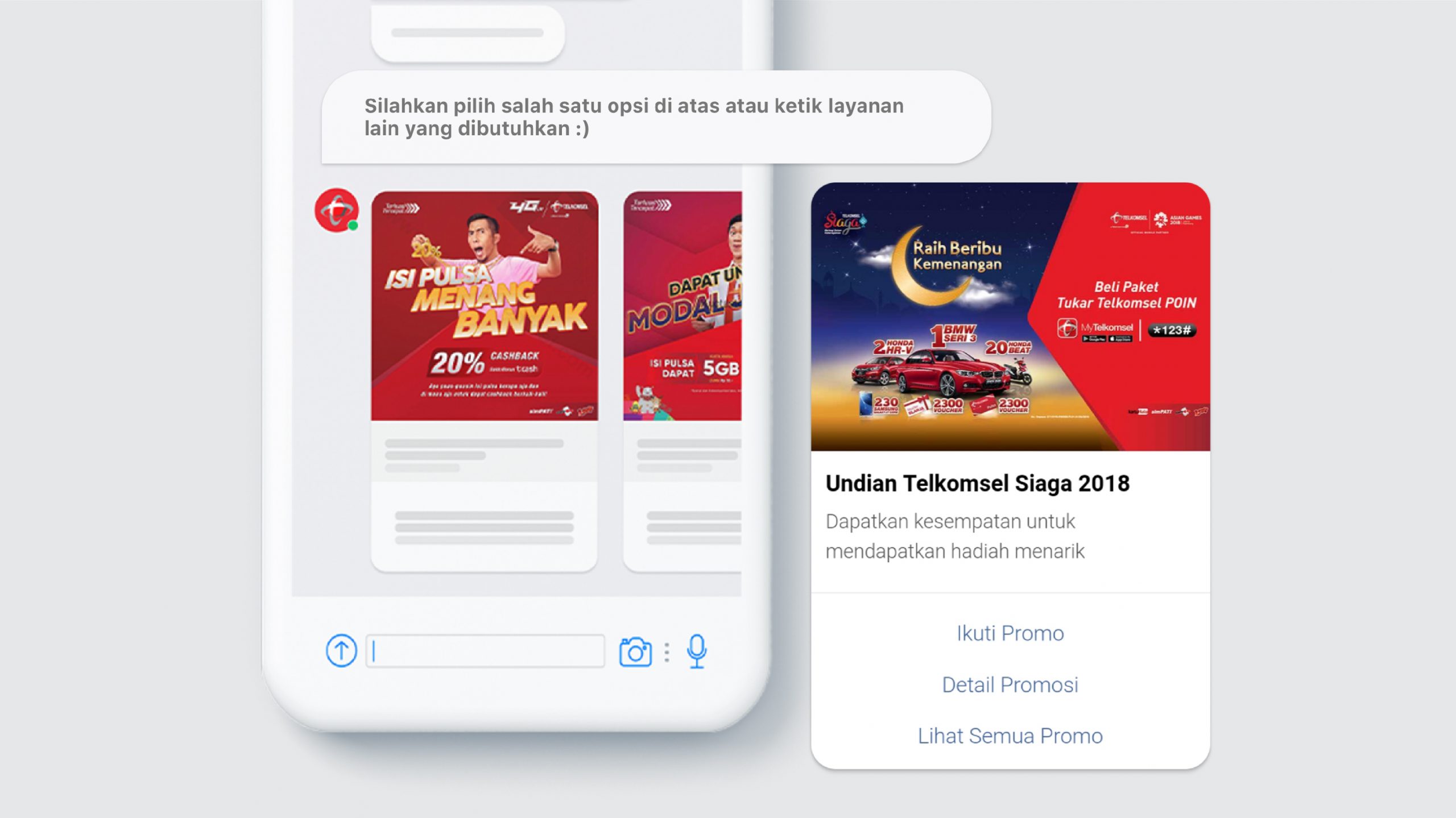
4. Give your audience options, not free reign
No matter how good the technology, no chatbot is good enough to answer everything, so a way around this is to give your audience options regarding what your bot can answer. Help customers find what they need by offering a simple selection of choices. Think about the structure of choices you want to give your customers. While buttons may be known to reduce an audience’s engagement when communicating with your chatbots, these may improve the conversation flow and help them quickly receive answers to their questions. Use pre-suggested text in the form of buttons when you need or want to offer an essential information.
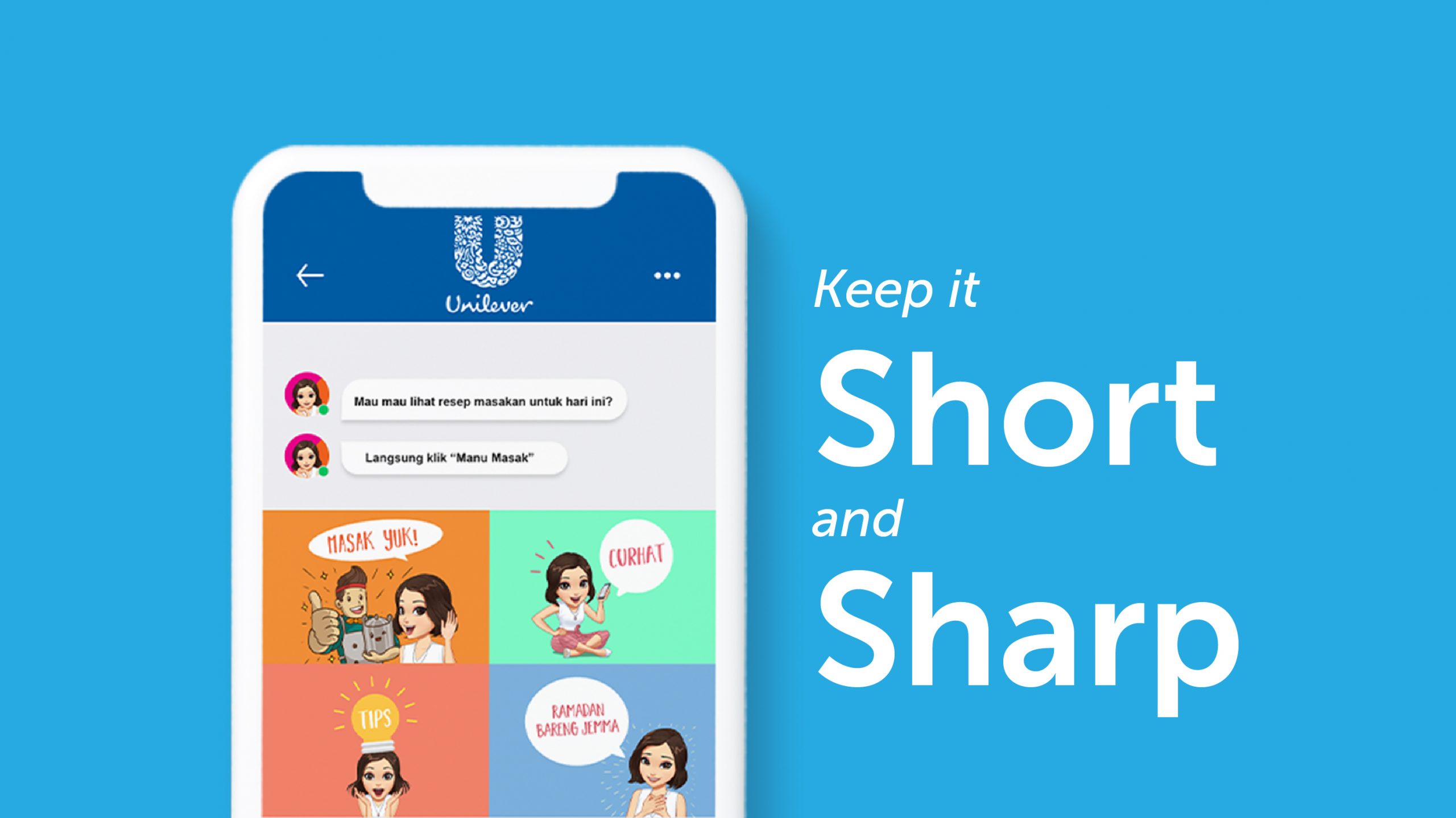
5. This ain’t email. Keep it short and sharp
Your audience is interacting with a chatbot because they want something right here, right now. So, when creating a chatbot, do not create overly long messages. Keep it short, sweet, and to the point. Don’t make it complicated by adding useless jargon or unfamiliar phrases. By starting small and keeping your bot simple, you can learn from your audience’s behavior. Kata.ai develop new versions of it with more functionalities.
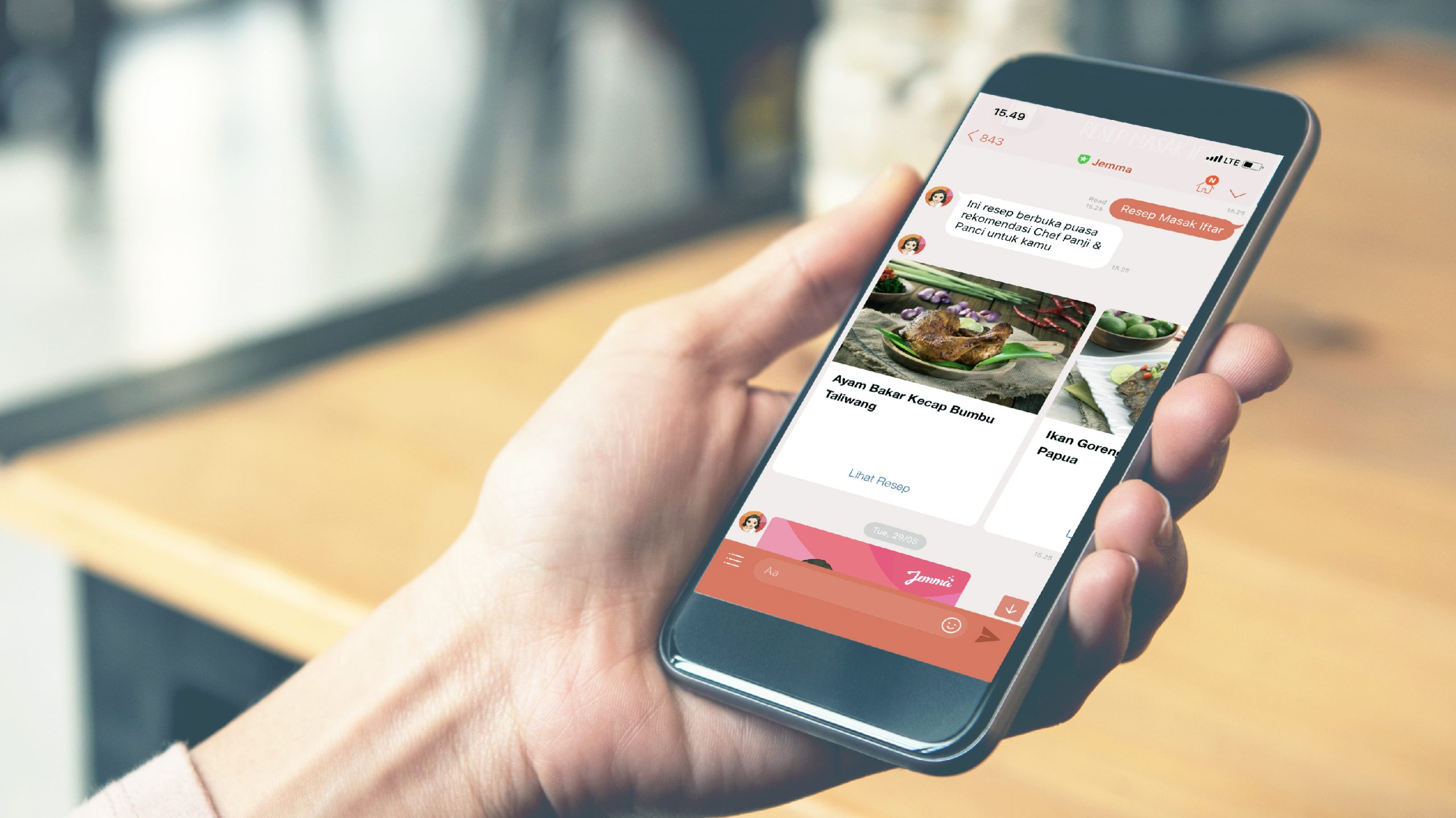
6. Have a proactive focus, rather than reactive
It’s important that you make your chatbots proactive by telling your audience how they can start a conversation. Begin by creating an engaging welcome message that introduces your chatbots to your audience and explains how it can help them.
While your chatbots will have a level of control over the conversations it has because it will be able to ask questions itself, humans can type whatever they want, whenever they want. With this in mind, design your chatbots to lead the conversation in a way that will keep it on track. Push more interactive content out to your audience, and we guarantee that your chatbots interaction rate will increase dramatically.

7. Evaluate and optimize your chatbots regularly
As mentioned above, you will extend your bot’s functionalities by creating new and improved versions of it. After all, a chatbot is a powerful digital marketing tool, and as with any marketing tool, it needs to be regularly evaluated and optimized. When you evaluate your chatbots, you need to determine what you need to optimize it for, focus on optimizing your chatbots based on your goals, establish the best ways in which you can drive your audience to your desired outcome.
Regardless of the function of your bot (customer support, engagement, sell products, etc.), focusing on specific domain knowledge when creating your chatbots is extremely important to increase the success rate and usability. If you truly understand the business aims of the chatbots and have a great data set, you can make an AI with specific domain knowledge which will greatly improve the user's chatbots experience.
Hopefully, these tips are helpful as you think about how to make your chatbots as user-friendly and engaging as possible. If you have anything you would like to add. I'd love to hear from you! Simply leave a comment below and we will get back to you.















